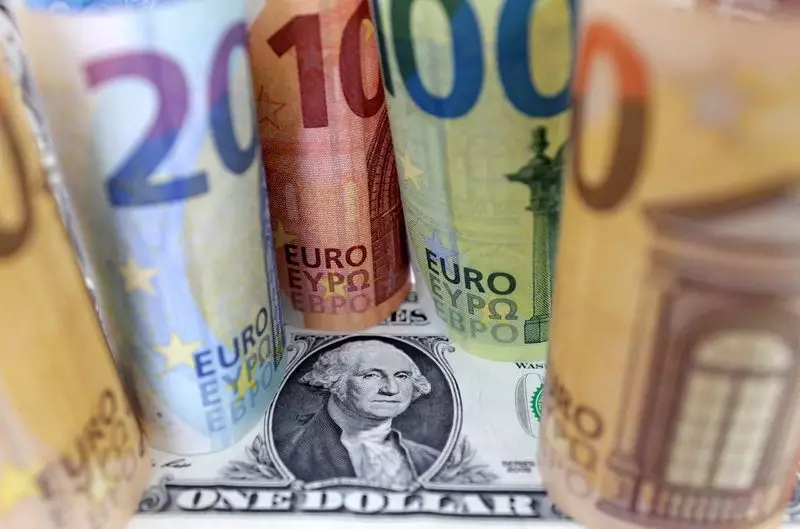The currency market began the week on a cautious note, with the dollar experiencing a slight dip on Monday following the revelation that U.S. inflation had stabilized in April. This development left the Federal Reserve with the option to potentially cut interest rates later in the year. In May, the dollar suffered its first monthly decline of the year, largely influenced by the changing expectations surrounding the timing and extent of rate cuts by the U.S. central bank.
Market participants are currently factoring in a 37 basis point rate cut by the Fed this year. The latest data revealed that the personal consumption expenditures (PCE) price index rose by 0.3% in April, matching the previous month’s figures. As a result, traders are now placing a 53% likelihood of a rate cut in September, up from 49% before the report. Despite inflation figures exceeding the Fed’s 2% target, the uncertainty surrounding the necessity of multiple rate cuts remains.
Chief economist Brian Jacobsen from Annex Wealth Management suggested that if the Fed chooses to cut rates preventatively rather than in response to a recession, the markets are likely to respond positively. However, Jacobsen warned that the current pace of economic growth could indicate that the Fed is delaying rate adjustments for too long, potentially resulting in missed opportunities.
The dollar index, measuring the U.S. currency against six major counterparts, saw a 0.067% decline on Monday to settle at 104.51. Sterling recorded a marginal increase to $1.27475, while the euro stood at $1.085325 ahead of the European Central Bank (ECB) policy meeting scheduled for Thursday. Market expectations lean towards a rate cut by the ECB, prompting investors to closely monitor comments from ECB officials and economic projections post-meeting.
Japan’s Intervention Efforts
Recent data disclosed by Japan’s Ministry of Finance confirmed substantial interventions in the foreign exchange market to strengthen the yen. The authorities infused 9.79 trillion yen ($62.23 billion) over the past month, intervening twice following the yen’s decline to a 34-year low against the dollar in April. Market analyst Tony Sycamore noted that despite intervention attempts, the yen remained weak against the dollar, posing challenges for Japanese currency officials in seeking effective solutions.
The currency market continues to exhibit volatility and uncertainties amidst shifting economic indicators and global policy decisions. Traders and investors are advised to remain vigilant, monitor central bank actions, and stay informed about key market developments to navigate the current landscape successfully.

